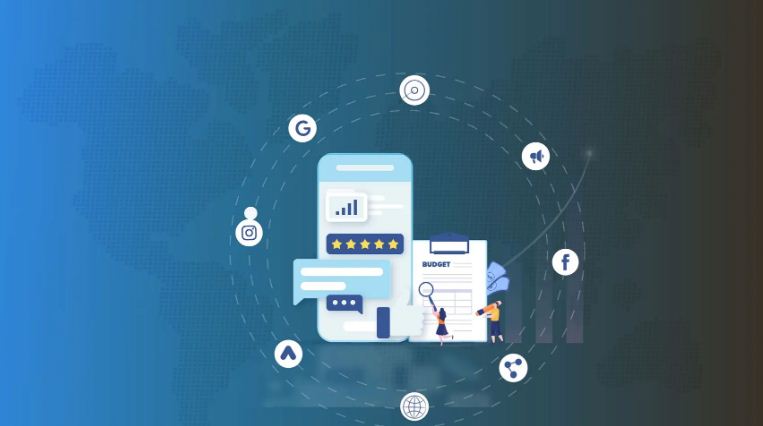
In the world of mobile app development, there are numerous costs to consider beyond the actual development process. Without proper allocation of funds towards marketing strategies, your app may go unnoticed in the saturated market. To address this issue, this guide aims to provide a comprehensive understanding of app marketing costs. Whether you are an app developer, a white label reseller, or launching a new app, this blog covers the essential steps of how to plan your app marketing budget.
I. The Cost of Marketing an App:
Marketing an app involves various expenses that, if neglected, can hinder its success. Understanding the costs involved is crucial for planning an effective marketing budget.
II. The Importance of Setting an App Marketing Budget:
Allocating funds for app marketing is integral for creating brand awareness, driving app downloads, and maximizing user engagement. Without a proper budget, it becomes difficult to reach the target audience and achieve your app’s goals.
III. How to Create a Mobile App Marketing Budget:
To create an effective app marketing budget, follow these essential steps:
Step #1 — Assess Your Marketing Funnel:
Understanding your marketing funnel helps identify areas where you can allocate resources for maximum impact. Analyze each stage, from user acquisition to retention, to determine the costs associated with each phase.
Step #2 — Define Your Goals:
Clearly define your marketing goals as they will shape your budget. Whether it is increasing app downloads, improving user engagement, or enhancing conversions, setting specific goals enables you to allocate budget accordingly.
Step #3 — Account For Other Operating Costs:
Apart from marketing expenses, consider other operational costs such as app maintenance, updates, customer support, and licensing fees. You can plan for these expenses to ensure smooth functioning and user satisfaction.
Step #4 — Identify Your Most Profitable Marketing Channels:
Analyze different marketing channels to identify which channels yield the best return on investment (ROI). Focus on the platforms that align with your target audience and offer cost-effective results.
Step #5 — Compare Your Marketing Budget With Other Mobile App KPIs:
Compare your marketing budget with key performance indicators (KPIs) specific to mobile apps. Benchmarking your budget helps determine if it is sufficient for achieving your desired goals.
IV. Components of a Mobile App Marketing Budget:
To better understand the breakdown of an app marketing budget, consider the following key components:
1. Market Research:
Conduct thorough market research to understand your target audience, competitors, and market trends. This crucial step helps shape your marketing strategy and tailor it to the demands of your potential users.
2. Beta Testing:
Allocate budget towards beta testing your app before the official launch. This phase allows you to identify and rectify any issues, ensuring a smooth user experience and positive reviews.
3. App Promotion Assets Costs:
Invest in high-quality app promotion assets, such as app icons, screenshots, and videos. Compelling visuals significantly contribute to attracting users and increasing app downloads.
4. Viral Marketing:
Allocate budget for viral marketing campaigns to leverage user-generated content and encourage word-of-mouth promotion. Engage users through referral programs, incentives, and viral content creation.
5. Social Media Marketing:
Invest in social media platforms that align with your target audience. Utilize paid advertising, influencer collaborations, content creation, and engagement strategies to increase brand visibility and app downloads.
6. Push Notifications:
Implement push notification services to engage and retain app users effectively. Allocate budget for personalized and targeted notifications that drive user activity and encourage app usage.
7. Influencer Marketing:
Collaborate with influential personalities in the industry to promote your app. Budget for influencer partnerships to benefit from their reach, credibility, and ability to influence their followers to try your app.
8. Website:
Allocate resources towards creating and maintaining a user-friendly and informative website. Your website serves as a hub for app information, support, and updates, improving user experience and trust.
9. App Store Optimization (ASO):
Set aside budget for optimizing your app’s visibility on app stores. ASO includes optimizing keywords, app descriptions, user reviews, and ratings, contributing to higher app rankings and increased organic downloads.
Summary:
When planning your app marketing budget, it is crucial to consider the overall expenses involved, set clear goals, account for operational costs, identify profitable marketing channels, and align your budget with key app performance indicators. By understanding the components of a mobile app marketing budget and implementing a comprehensive plan, you can effectively promote your app, increase visibility, and maximize its success in the competitive app market.
